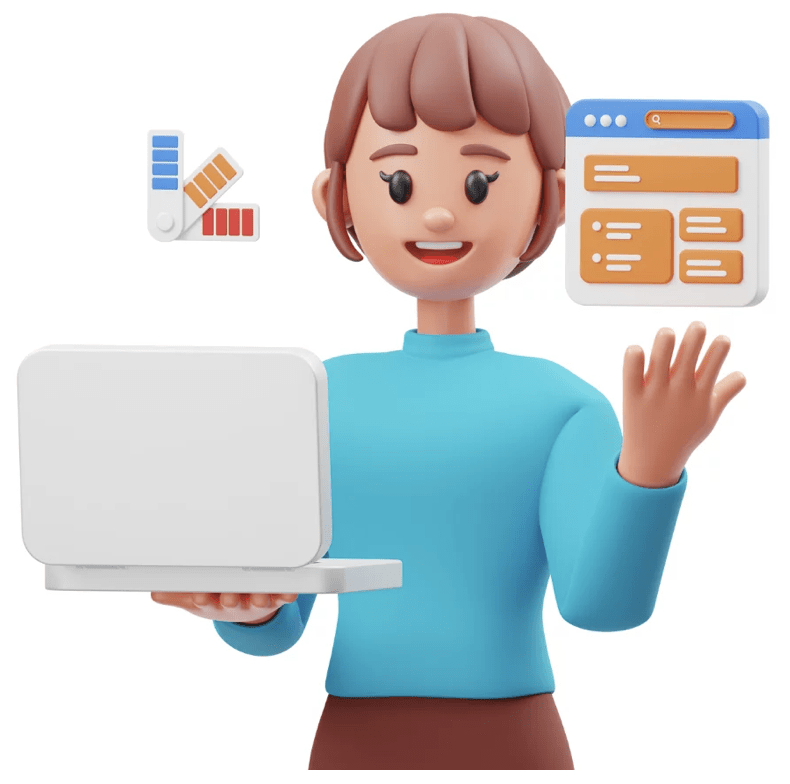Content Analytics : A Key to Optimizing Adaptive Learning Tools
Introduction :
Learning and training are at a crossroads, where traditional learning methods are making the way for more personalised and adaptive approaches. At the heart of this educational revolution are adaptive learning tools, which automatically adjust content and methodology to the individual needs of learners. However, for these tools to reach their full potential, content statistics, or content analytics, have become essential. In this article, we explore the fundamental role of content analytics in enhancing adaptive learning tools.

Context of adaptive learning
Adaptive learning is based on the principle of personalised learning, where learning resources and activities are adapted to the specific needs of each learner. It’s a response to the diversity of learners’ skills, interests and learning rhythms. The ultimate aim is to enhance knowledge acquisition by providing relevant content and maintaining a high level of engagement.
However, this revolutionary approach presents challenges. How do we effectively personalise learning for a large number of learners with varying needs, while maintaining a balance between individualization and pedagogical effectiveness? That’s where content analytics comes
Content Analytics in education and training
Content analytics play an essential role in improving adaptive learning by focusing on extracting valuable statistics from educational content.
Content analytics involves collecting and analysing specific data related to the educational resources used in a learning environment. These statistics can include :
- Engagement rate: By measuring the time spent on a resource, the actions taken (such as clicks, answers to questions, etc.), we can assess learner engagement. This data is crucial to understanding which content generates the most interest.
- Usage rate: This involves tracking the frequency with which certain resources are consulted. This helps to identify the most popular and least-used content.
- Success rate: By analysing learners’ results on activities linked to specific resources, we can assess the effectiveness of these resources in achieving particular learning objectives.
- Retention time: This statistic measures the length of time a learner continues to consult a piece of content. A long retention time suggests sustained interest.
Educational content statistics are precious for customising learning to the individual needs of learners. Using this data, educators can:
- Recommend specific resources based on learners’ preferences and skill levels.
- Identify content that needs to be adjusted or updated to improve its effectiveness.
- Adapt learning paths in real time according to learners’ progress.
Content analytics are rapidly evolving to provide increasingly detailed and exploitable content statistics. This ongoing evolution enables trainers and content designers to better understand learners’ needs and support them more effectively throughout their learning journey.
At Domoscio
The tools provided by Domoscio enable content to be monitored using statistical data. However, an upgrade of our design tool is currently under development and should soon be available online. This update will include statistics as well as alerts, offering designers and educational engineers the possibility of gathering information relevant to their needs.
Conclusion
In conclusion, content analysis has become a fundamental element in the optimization of adaptive learning tools. It helps create a more personalised, effective and engaging learning experience. The future of adaptive education depends largely on the ability to intelligently use data and content analytics to meet the individual needs of learners.
Content analytics is not simply an add-on, but a cornerstone in the evolution of learning and training towards a more adaptive and personalised model. As content analytics tools and techniques continue to develop, we can expect to see a continuing transformation in the way learners acquire knowledge.
References
- Sulanto, Lauri. “How to Provide Better Learning Experiences with Learning Content Analytics.” ELearning Industry, 10 Oct. 2018, https://elearningindustry.com/learning-experiences-with-learning-content-analytics-provide-better
- “Content Analysis: How to Determine the Best Learning Approaches.” Your ELearning World, 12 Aug. 2016, https://yourelearningworld.com/content-analysis-how-to-determine-the-best-learning-approaches/
- Kovanović, V., Joksimović, S., Gašević, D., Hatala, M., & Siemens, G. (2017). Content analytics: The definition, scope, and an overview of published research. Handbook of learning analytics and educational data mining, 77-92.
Latest news
Our latest articles about the topics: learning, science and Domoscio's news.